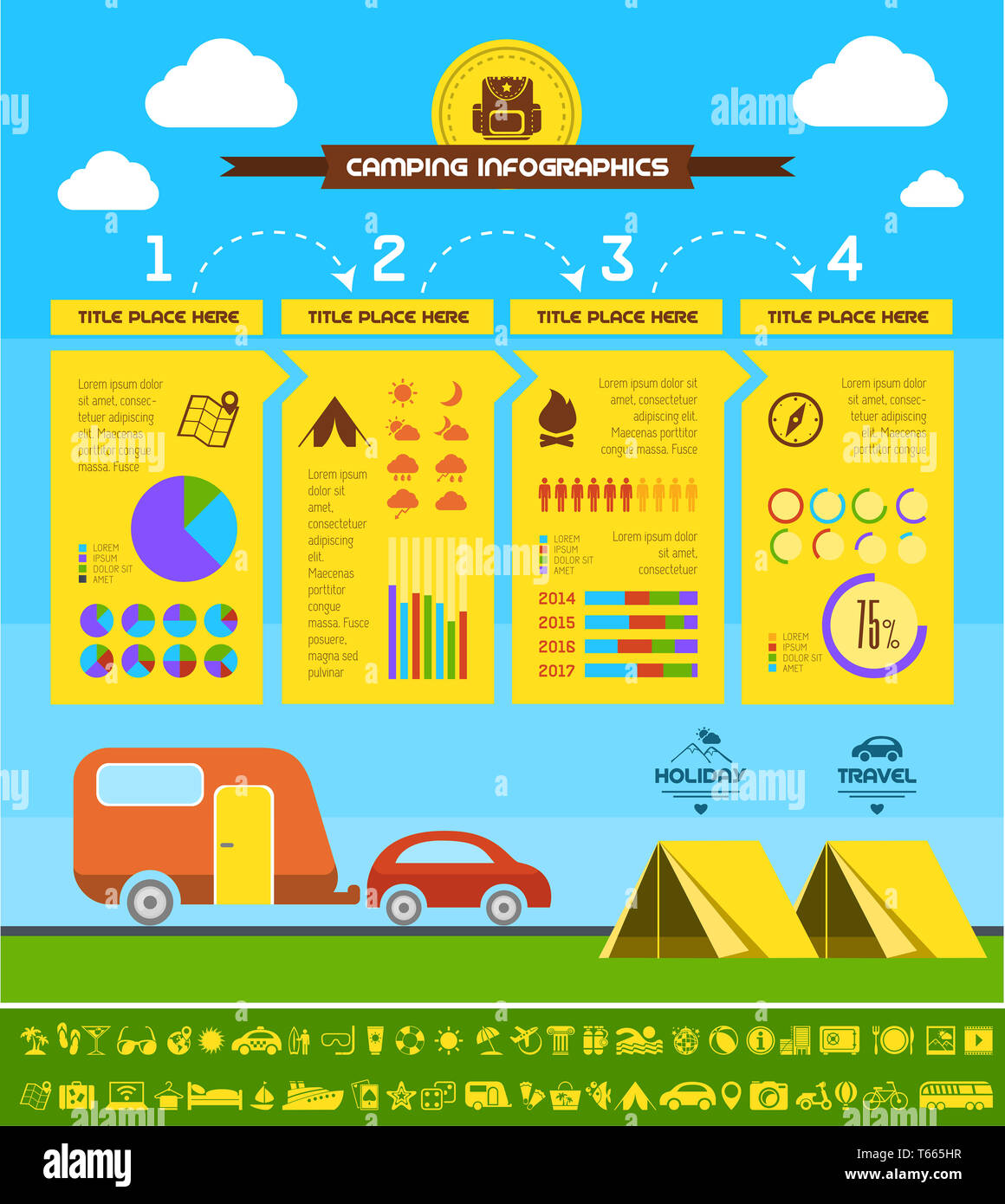International Rules Wall Tents In Canada Vs The Us
Comparing Natural Vs Synthetic Insulation OptionsWhile both deal toughness in various settings, it's important to figure out which sort of insulation will ideal serve your demands. The insulation you pick influences warmth, weight, water resistance, compressibility and price.
Down is gathered from waterfowl, typically ducks or geese. It is prized for its lightness, very easy compression and insulating residential properties. Nonetheless, down ends up being less reliable when wet.
Warmth-to-Weight
A high warmth-to-weight ratio is preferred in outdoor apparel and gear. The shielding residential or commercial properties of down feathers make them a great choice for this purpose, as they are very warm and lightweight.
However, down loses its shielding capabilities when it splashes, implying it requires to be paired with a water-proof covering. Furthermore, some individuals are allergic to down, making synthetic coats a better choice for them.
Artificial insulations are usually made from recycled polyester and made to imitate down's shielding residential or commercial properties. They are not as light-weight as down, yet they do not lose their shielding abilities when they splash and dry quicker than down. They are also much more affordable than down. Nonetheless, their life-span is shorter than down, leading to greater maintenance and replacement expenses.
Water Resistance
The insulation you choose for your job coat will make a big distinction in how comfortable you feel outdoors. Nonetheless, the kind of insulation you select also has considerable implications for your sustainability goals.
Down is an exceptional insulator for a variety of reasons. It's lightweight, compressible, and uses a good warmth-to-weight proportion. However, it doesn't prosper when it gets wet. Down globs up and loses its loft space when damp, which can dramatically decrease its capacity to trap heat.
Synthetic insulation materials, such as Thinsulate and Primaloft, hold up better versus damp problems. They normally have a tight weave or chemical finishing that keeps water from permeating the fabric. This allows the insulation to continue to be breathable, even if damp. It's worth noting that synthetics can likewise be awkward when wet, but they maintain their shielding homes.
Compressibility
While goose down does have a remarkable warmth-to-weight ratio, synthetic insulation does similarly. However, unlike down which takes in and sheds its insulating capabilities when wet, synthetic insulation does not. Therefore, it can keep its loft space and trap warm air in damp problems.
Normally produced from polyester sheets or clusters that simulate down, one of the most usual artificial insulation brand names consist of PrimaLoft, FullRange, Thermoball and Patagonia's PlumaFill. While it still can't match down's loftiness and warmth-to-weight, artificial jackets are lightweight, quick to dry and more economical than down. This makes synthetic jackets ideal for wet environments, or if you're prone to sweating greatly. Synthetic jackets are likewise much less delicate than down and can take a beating. This resilience encompasses their face materials which are generally thicker and extra durable than down.
Durability
A significant consideration in sustainability is a material's long life and durability. All-natural materials like cork, ThermaCork expanded cork and Havelock woollen last longer than synthetic alternatives like fiberglass and vinyl. They also require much less maintenance and can endure extreme environmental problems.
Nevertheless, all-natural insulation does not execute as well when damp as artificial options. Wool and fleece clump with each other when damp, jeopardizing their capability to trap warmth. Synthetic insulation, on the other hand, does not absorb wetness and continues to shield even when soaked.
This makes artificial insulation perfect for damp climates and arduous tasks where you could sweat greatly. It's likewise simpler to clean and dries out faster than down. This added durability and dependability make artificial tent insulation insulation a total winner in this category. This equates to resilient protected work boots that last lengthy and keep you heat with requiring settings.
Sustainability
All-natural products offer biodegradability and a smaller environmental footprint, while synthetic choices brag sturdiness and innovative applications that support energy effectiveness. Nonetheless, it is very important to recognize the true environmental impact of these insulation materials from cradle-to-grave.
As an example, if a natural insulation material has to take a trip a cross country from its resource to the structure site, transportation-related discharges increase its overall carbon impact. Picking in your area sourced and reused items decreases that impact. And, going with GREENGUARD and Cradle to Cradle accreditations ensures that insulation is without volatile organic substances (VOCs) and sustains liable sourcing and labor conditions.
Sheep's wool and cork are eco-friendly insulation resources that are collected without harming the tree or plant. Both have actually the added advantage of being naturally immune to mold, pests and wetness.
